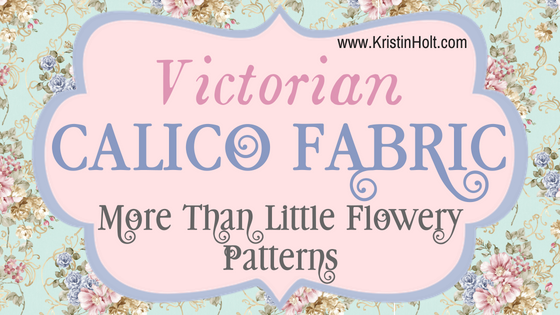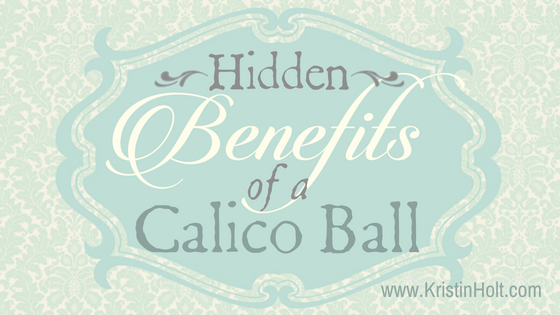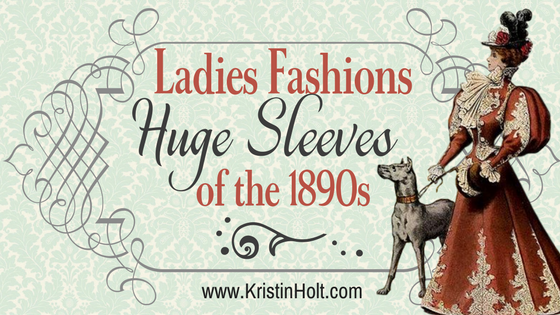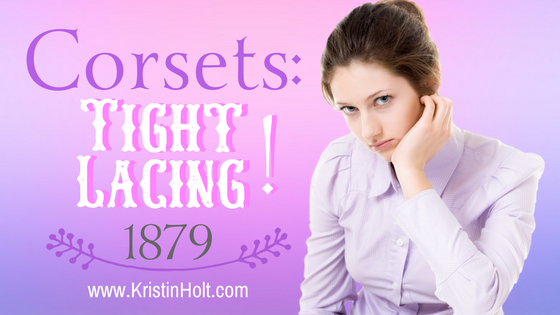
Victorian Ladies Wore Costumes–Every Day
Did Victorian women wear costumes every day? Or dresses? Which was it?

Did Victorian women wear costumes every day? Or dresses? Which was it?

What IS calico? Where did it come from, and who used it to fashion clothing in the nineteenth century? Why did Calico appeal to working women? Why was Calico the fabric of choice for Calico Balls?

Beyond the obvious beneficiaries of the Calico Ball craze (mid- to late-nineteenth century United States)– the needy who received the once-worn dresses (or suits of clothes), who else benefited?
I suggest a short list of Hidden Beneficiaries. Who else can you identify?

19th Century Ladies Fashions included gigantic sleeves known by many names: Leg of Mutton, Marquise, Balloon, etc. Highly fashionable, women wore them to work at home, to “walk out”, to sit for photographs, and on their wedding days. Highly fashionable for a period of time in the 1890s (through the turn of the century), they’ve returned at least twice: mid 1980s and in 2016. A favorite? You decide.

An unnamed Dress Reformer, utterly against “tight lacing” (corsets), uses the art of poetry to explain that everything that ills a woman–from her attitude to her nature, from length of life to a red-tipped nose–is all a result of the ill-fated habit of tightly cinched corsets. This vintage newspaper publication is an example of the American Victorian’s use of humor to blame fashion on craziness with a price too steep to pay.